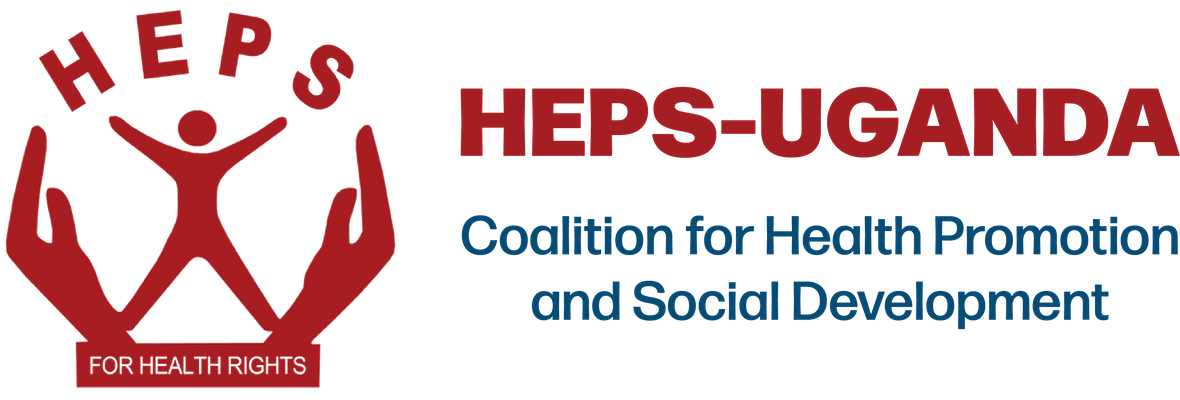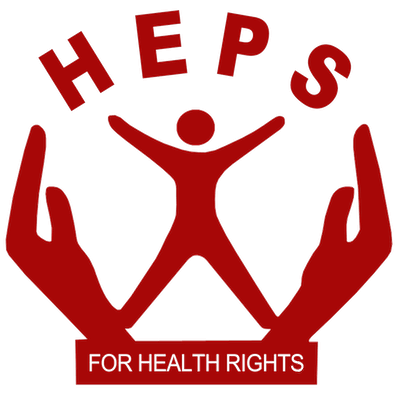World Health Organization (WHO) is calling on everybody, including leaders and communities, to unite and act to address the inequalities that drive neglected tropical diseases (NTDs) and to make bold, sustainable investments to free the estimated 1.62 billion people, in the world’s most vulnerable communities, from a vicious cycle of disease and poverty.
The purpose of World Neglected Tropical Diseases Day is to raise the profile of neglected tropical diseases, and the suffering they cause and to garner support towards their control, elimination and eradication, in line with the programmatic targets set out in the NTD road map 2021−2030 and the commitments of the 2022 Kigali declaration on neglected tropical diseases.
On 31 May 2021, the Seventy-fourth World Health Assembly recognized 30 January as World Neglected Tropical Diseases Day through the unanimous approval of decision WHA74(18) by WHO Member States. This Day is now one of the 11 Global Health Days and 2 Global Health Weeks recognized by WHO.
NTDs: Brief Outline
Buruli ulcer: A weakening mycobacterial skin infection causing severe destruction of the skin, bone and soft tissue.
Chagas Disease: A life-threatening protozoan illness transmitted to humans through contact with vector insects (triatomine bugs), ingestion of contaminated food, infected blood transfusions, congenital transmission, organ transplantation or laboratory accidents.
Dengue and chikungunya: Two mosquito-borne, outbreak-prone viral conditions causing a flu-like illness that can be associated with severe, painful and disabling symptoms and, in the case of dengue, may cause shock, haemorrhage and death.
Dracunculiasis (guinea-worm disease): A helminth (parasitic worms) infection transmitted exclusively by drinking water contaminated with parasite-infected water fleas; one year later, adult female worms painfully ulcerate through the skin, often of the legs, to expel their larvae.
Echinococcosis: A disease caused by the larval stages of tapeworms forming pathogenic swellings in human organs, acquired by ingesting eggs most commonly shed in the faeces of dogs and wild animals.
Foodborne trematodes: A group of infectious diseases acquired by consuming fish, crustaceans and vegetables contaminated with larval parasites; clonorchiasis, opisthorchiasis, paragonimiasis and fascioliasis are the most common.
Human African trypanosomiasis (sleeping sickness): A protozoan infection spread by the bites of tsetse flies that is almost 100% fatal without prompt diagnosis and treatment to prevent the parasites from invading the central nervous system.
Leishmaniases: A group of protozoan diseases transmitted through the bites of infected female sandflies; the most severe (visceral) form attacks the internal organs and in its most prevalent (cutaneous) form causes skin ulcers, disfiguring scars and disability.
Leprosy: A complex disease caused by infection with a slow-growing bacterium, mainly affecting the skin, peripheral nerves and eyes.
Lymphatic filariasis (elephantiasis): A helminth (parasitic worms) infection transmitted by mosquitoes and resulting in adult worms inhabiting and reproducing in the lymphatic system; it is associated with recurrent painful inflammation and abnormal enlargement of limbs and genitals.
Mycetoma, chromoblastomycosis and other deep mycoses: Chronic, progressively destructive inflammatory diseases of the skin and internal tissues which usually affect the lower limbs. People become infected when injuries break the skin and allow fungi (and bacteria in the case of mycetoma) to enter the body.
Noma: Severe disease of the mouth and face. Its pathogenesis is linked with non-specific bacteria and a range of modifiable risk factors and underlying social determinants. It mainly affects children aged 2−6 years old and is found most commonly among those living in poor communities.
Onchocerciasis (river blindness): A helminth infection transmitted by the bite of infected blackflies causing severe itching and eye lesions as the adult worm produces larvae eventually leading to visual impairment and permanent blindness.
Rabies: A preventable viral disease transmitted to humans through the bites of infected animals, especially dogs, that is invariably fatal once symptoms develop.
Scabies and other ectoparasites: A group of infestations of the skin caused by mites, fleas or lice; scabies occurs when the human itch mite burrows into the upper layer of the skin where it lives and lays its eggs, causing intense itching and rash.
Schistosomiasis (bilharzia): A group of trematode infections acquired when larval forms released by freshwater snails penetrate human skin during contact with infested water; schistosomiasis is typically associated with liver and urogenital pathology.
Snakebite Envenoming (Poisoning): A potentially life-threatening condition caused by toxins injected through the bite of a venomous snake, often responsible for acute medical emergencies. Envenoming can also be caused by having venom sprayed into the eyes by certain species of snakes.
Soil-transmitted helminthiases: Helminth ((parasitic worms) infections transmitted through soil contaminated by human faeces; they cause anaemia, vitamin A deficiency, stunted growth, malnutrition, intestinal obstruction and impaired development.
Taeniasis and cysticercosis: Taeniasis is caused by adult tapeworms in human intestines; cysticercosis results when humans ingest tapeworm eggs that develop as larvae in tissues, including the brain (neurocysticercosis).
Trachoma: A bacterial infection transmitted through direct contact with infectious eye or nasal discharge, and associated with unsafe living conditions and hygiene practices; if left untreated, it causes irreversible corneal opacities and blindness.
Yaws: A chronic, disfiguring bacterial disease affecting mainly the skin and bone. Yaws most often affects children in tropical regions of Africa, Asia and Latin America. It spreads through direct contact with the skin of an infected person. A single, berry-like sore on the skin is the first sign of yaws. Without treatment, sores begin to spread. Yaws may eventually cause disfigurement and disability.
HEPS-Uganda has over the years implemented projects on NTDs – notably on snakebite. HEPS-Uganda’s work on snakebite has contributed to public awareness of snakebite first aid, amplified advocacy on prioritization, procurement, supply and availability of antivenom and snakebite handling and treatment commodities as well as the development of the National snakebite strategy.






